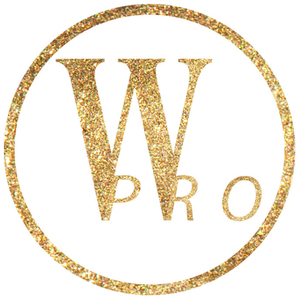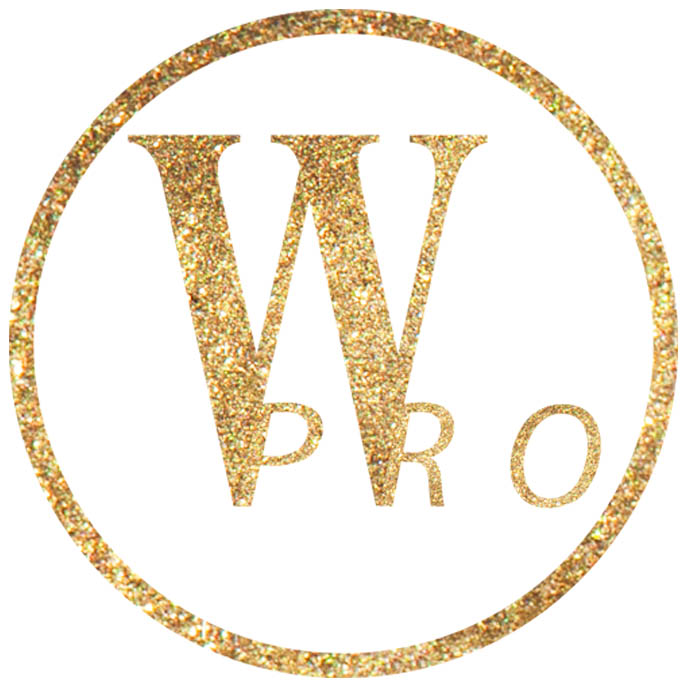
Makeup tips for journalists and TV presenters
Forget pancake makeup
Strong studio lights both in television and in photography tend to wash out traditional low-end department store foundations, as they are just not as pigmented as formulas specifically designed for film, stage, photography and television.
While traditionally journalists were required to be almost caked in makeup, today’s HD camera technology picks up every detail, so it is vital the foundation is blended really well and not caked on to create a second skin high definition makeup finish. It needs to be blended to the point that it looks like you’re actually not wearing any makeup. This is particularly important for male presenters, as any tell-tale makeup signs can look quite distracting on camera.
Work your foundation down to your chest
A common newsreader trick for flawless skin is to work the foundation all the way down the neckline and across the chest. This is because the focus for the audience is on the top half of the newsreader, so any discrepancy between the chest and the face will be more in focus than if the journalist was filmed full-length.
The last thing any journalist wants is to have their foundation stop at the jawline, creating a strange, unnatural finish.
Setting powder is a must
Hot studio lights, the stress of reporting, long hours and early morning starts demand makeup for journalists that not only photographs beautifully, but lasts all day or all night. A HD setting powder like zeropowder not only sets full coverage foundation, but its highly absorbent clay and arrowroot base keeps skin shine-free naturally, requiring minimal touch-ups.
The killer contour
A signature look for most journalists and television reporters is a natural yet sculpted look. This is because foundation tends to take away the natural dimensions of the face, so the makeup artist needs to add all the natural contours back, but more intensely to show up, especially in the strong studio lights.
Applying a cream contour sometimes is not enough, so I recommend setting contoured areas with a matte, highly pigmented HD bronzer. This not only sets the contoured area, but also intensifies it in front of the camera. Look for contour bronzers that have a dark brown oxide base like the Zeropowder bronzer, so it doesn’t come out orange on screen, making it ideal for media use.
Wide-eyed and bright
Early morning starts, long hours, reporting on the road can all wreak havoc on a journalist’s skin. In order to create a more wide-awake, fresh look, makeup artists working in the media usually apply a highly pigmented shimmering highlighter to the inner corner of the eyes, which instantly freshens and brightens otherwise tired and fatigued eyes.
Go easy on the lashes
A full set of synthetic lashes are too heavy and distracting for a professional journalist or newsreader. To get the depth and definition in the eyes, use a quality mascara after curling, and consider demi-wisps or individual lashes. Natural, human hair lashes always look more delicate and natural than heavy, synthetic strips. For journalists with fair lashes, I suggest a conditioning lash tint to save time every day getting camera ready.
It’s not all about being matchy matchy
Gone are the days of power red blazers and matching red lips, now, the trend is a more natural, healthy lip. Mixing a clear gloss with a hint of loose highlighter like the Williamspro #selfieglo and applying over natural pink lipstick instantly plumps the lips and enhances a presenter’s smile, without looking over the top. The high pigment formula also lasts longer, meaning less touch-ups for time-poor journalists.

